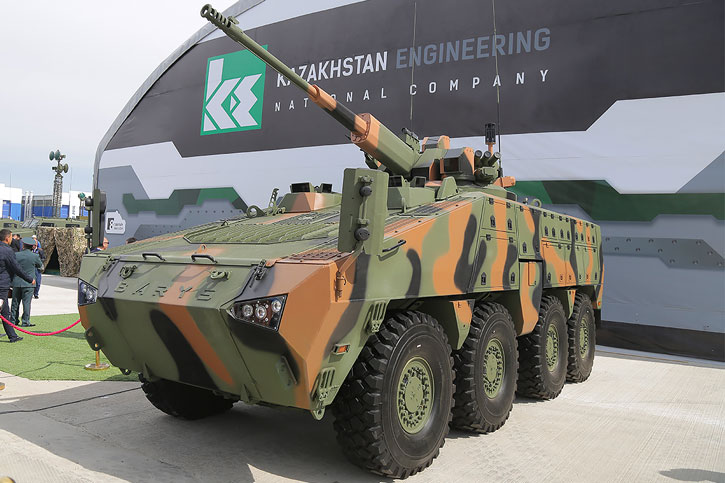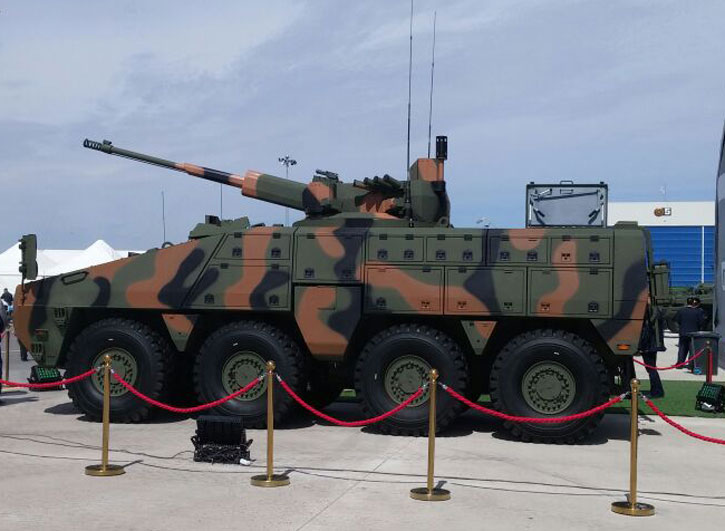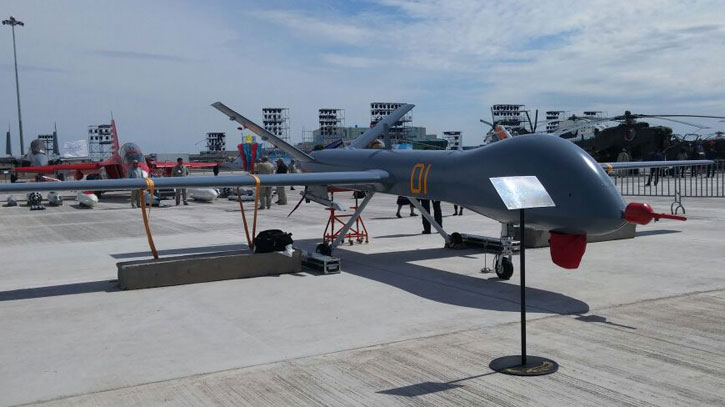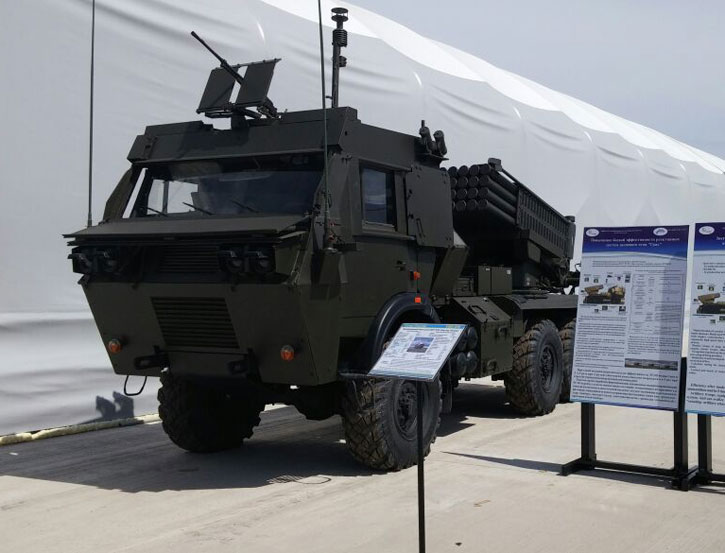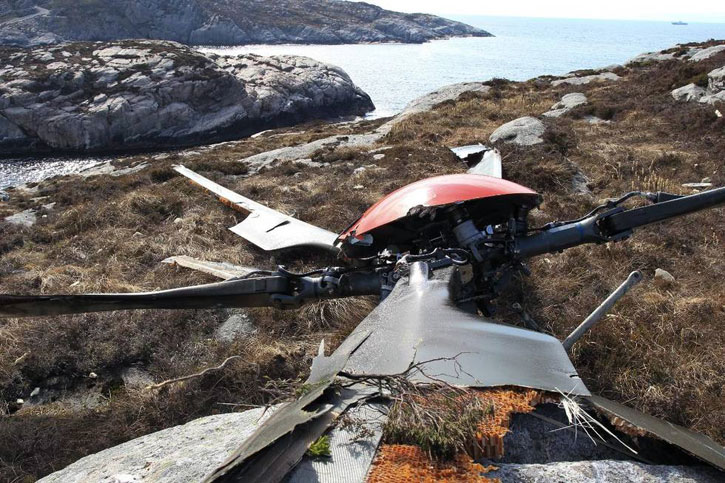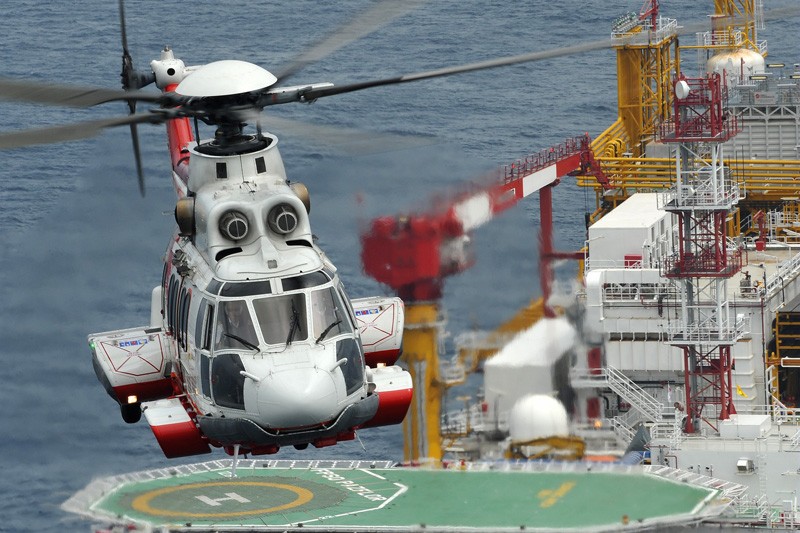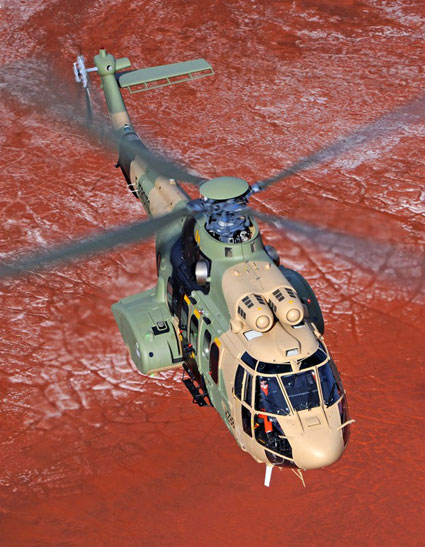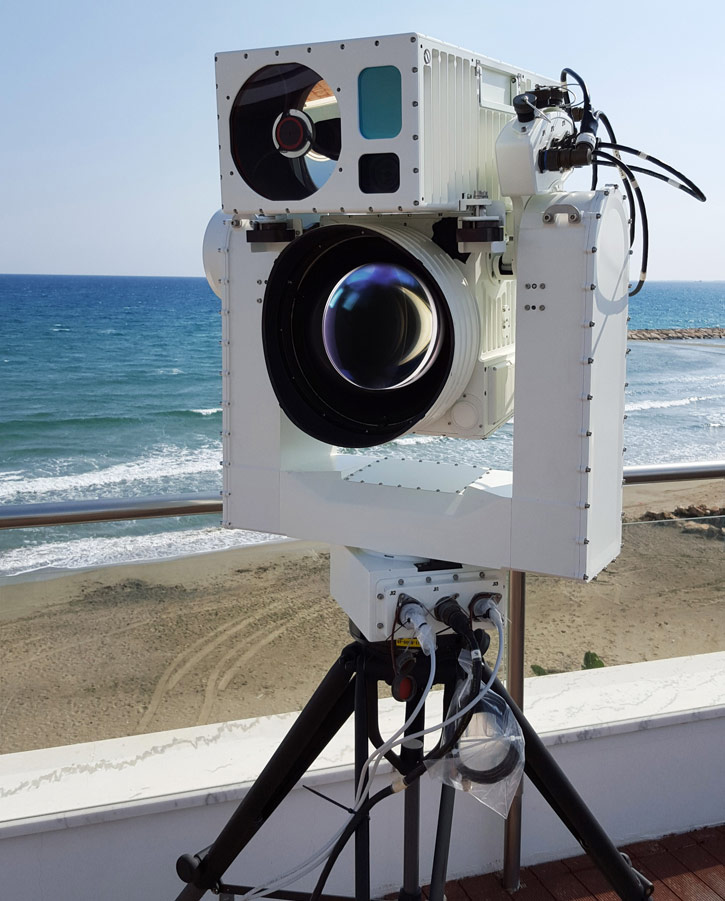The T-72 is the most popular tank currently in service. With over 22,000 produced, the T-72 is involved in almost every theater of war, and, with the transformation of warfare from symmetric to asymmetric combat, waged in urban areas, the T-72 must also adapt, to maintain its effectiveness in complex terrain.
Part of this modernization is to equip the T-72 to be more effective and less vulnerable to close-in threats, such as obstacles, mines, IEDs and RPGs, all characteristic of urban warfare, The Russian company has designed this urban warfare kit based on the experience of the war in Syria.
The tank displayed at KADEX 2016 shows additional reactive armor tiles expanding the protected areas on the turret and hull sides, and rear areas protected by slat armor. The tank also carries Counter-IED jammer to defeat radio-controlled threats. A distinctive feature is the protected shield built around the commander’s hatch, that enables the tank commander to observe to all sides and upwards, through the transparent shield and operate the heavy machine gun. For optronics and fire control the modernized tank employs the Sosna-U, multi-channel TV/thermal sight and missile guidance system. The gun is replaced with the improved 2A46M cannon and an auto loader modified to fire missiles. A dozen blade adds to the tank’s potential in obstacle clearing or counter-mobility operations.
Considering large-scale modernization of its fleet of T-72 tanks, Kazakhstan has approached several providers from Russia, Turkey, and Israel. All are providing systems and components for the upgrading program to be done in the country. Among the systems displayed at KADEX was a T-72A fitted with a modern Optronics, thermal imaging and fire control provided by Elbit Systems. Another variant was the T-72B3 configured with a new urban warfare kit developed by the original manufacturer Uralvagonzavod.
A Russian-Kazakh JV established by Uralvagonzavod and Kazakhstan Engineering in 2013 aims to modernize T-72 tanks and other variants based on this chassis. The JV is also set to convert decommissioned T-72 tanks into evacuation, obstacle-removing vehicles, and other heavy, special purpose machines. The Kazakh company has established another JV with the Turkish defense conglomerate Aselsan; this JV is also eying the T-72 upgrade as a major business opportunity.






